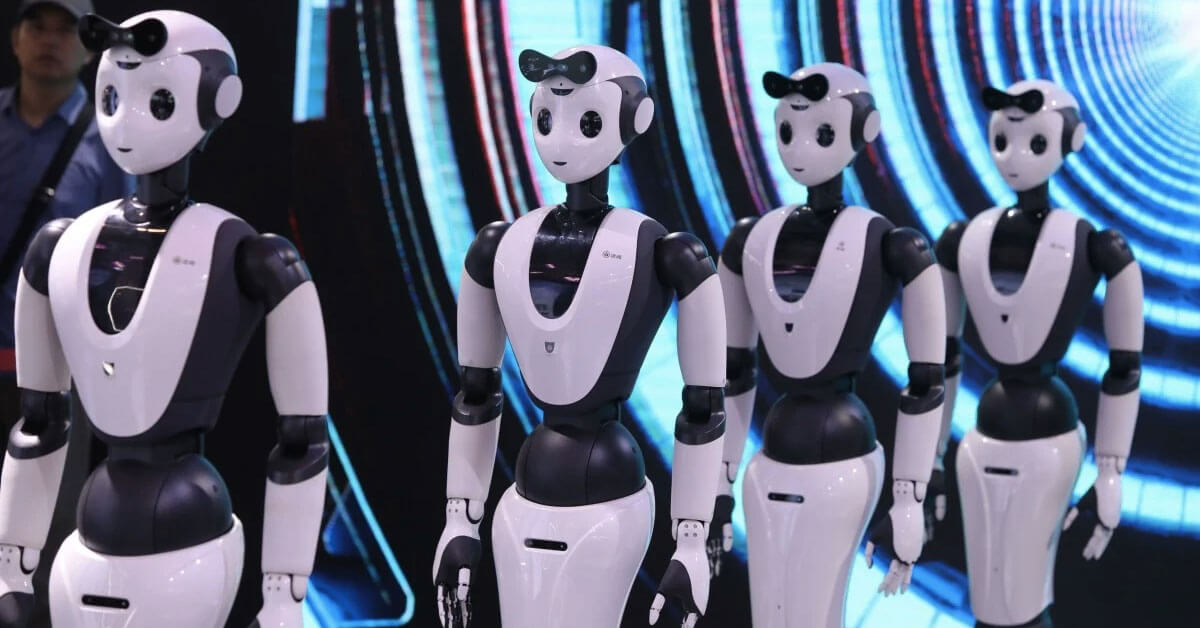Based on various reports, China is aiming to disrupt industries and how factories function by mass producing AI-powered humanoid robots by 2025 – aiming to attain world-advanced level in the technology by 2027.
As reported by South China Morning Post, The Ministry of Industry and Information Technology (MIIT), Beijing’s ministry overseeing the country’s industrial sector, published a nine-page guideline on its website on Thursday, saying that China’s humanoid robots should “realise mass production by 2025”.
By 2027, humanoid robots should “become an important new engine of economic growth” in China, the ministry urged.
The MIIT’s vision, described as potentially as “disruptive” as smartphones, seeks to reshape the world through these advanced humanoid robots.
The publication of this roadmap has notably triggered a surge in the stock prices of Chinese robotics companies.
This strategic move is a significant component of China’s broader efforts to compete with the United States in the realm of semiconductors and hardware.
US-based companies like Tesla and Boston Dynamics have been at the forefront of innovation in this field, and China, as the world’s largest electronics manufacturer, aims to make significant breakthroughs in environmental sensing, motion control, and human-machine interaction within the next two years.
The government is also endorsing the integration of AI into robotics and is encouraging research into the development of agile limbs.
Although the policy document did not delve into intricate details, it underlines China’s determination to create humanoid robots with the capability to think, learn, and innovate by the year 2027. The country also intends to establish a reliable industry supply chain system to support the large-scale production of these humanoid robots.
Humanoid robots are anticipated to gradually assume various tasks currently performed by humans, such as grocery picking and operating in hazardous environments, potentially revolutionizing several industries.
It’s important to note that China is not alone in its pursuit of mass-producing humanoid robots. In the United States, companies like Agility Robotics are preparing to open a robot factory in Oregon, where they plan to produce hundreds of bipedal robots capable of walking, crouching, and carrying packages.
Furthermore, other US firms have already made impressive strides in humanoid robot development, exemplified by Tesla’s “Optimus” robot and Boston Dynamics’ highly agile Atlas robot, known for its backflips. Notably, South Korea’s Hyundai Motor Group acquired Boston Dynamics in a significant $1.1 billion deal three years ago, further highlighting the global push for advancements in humanoid robotics.
ⓘ LAFFAZ is not responsible for the content of external sites. Users are required to read and abide by our Terms & Conditions.








